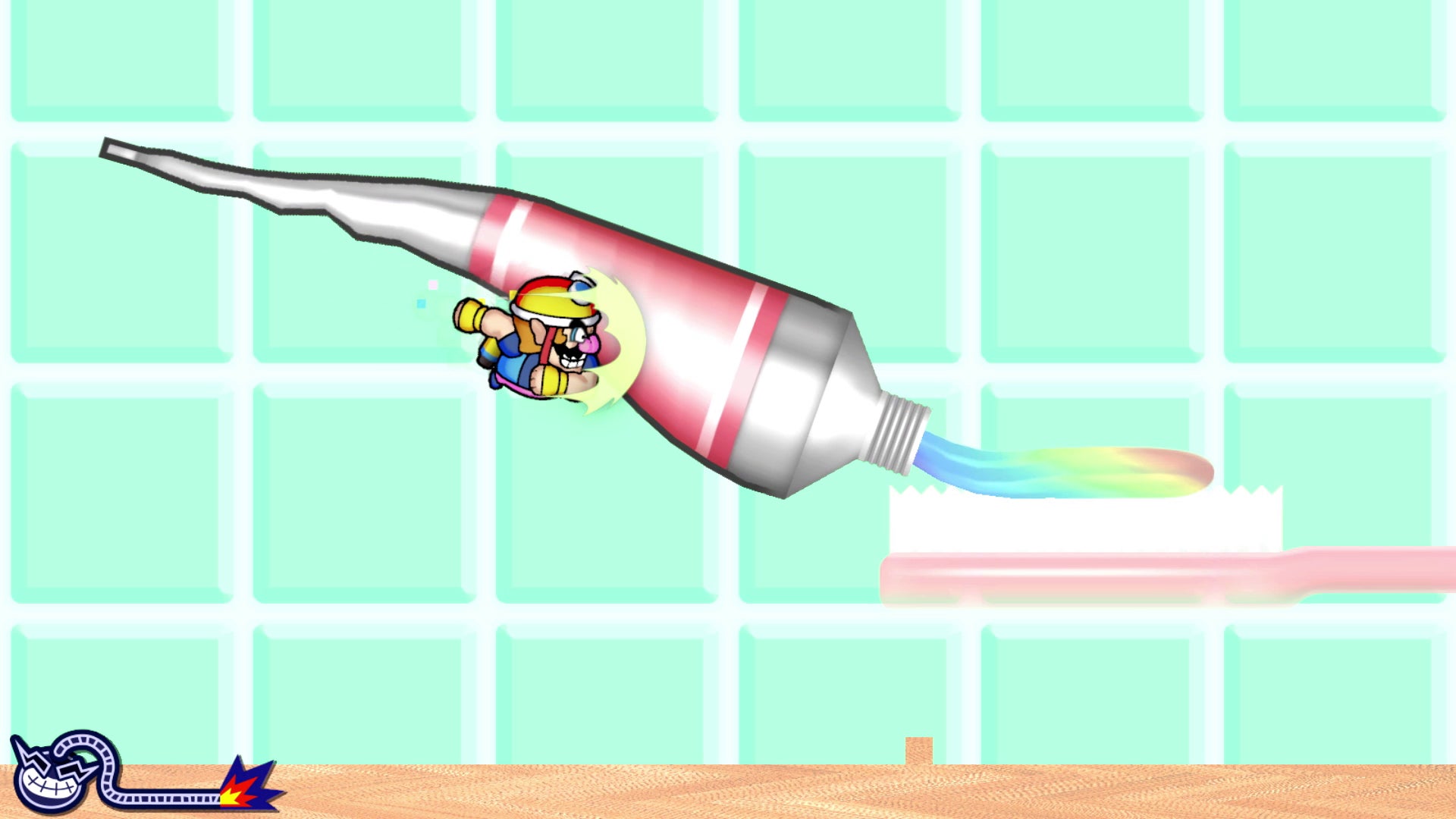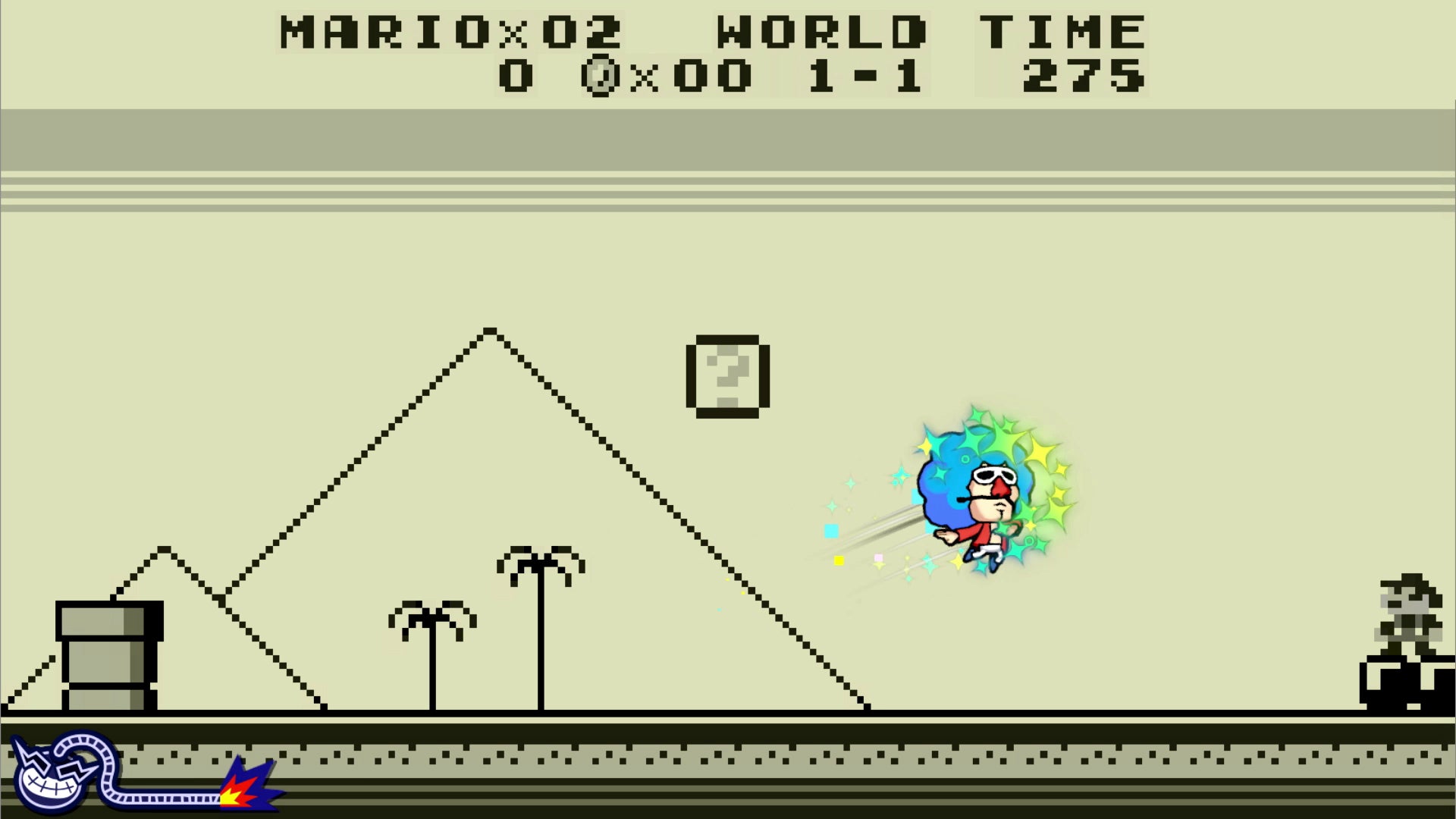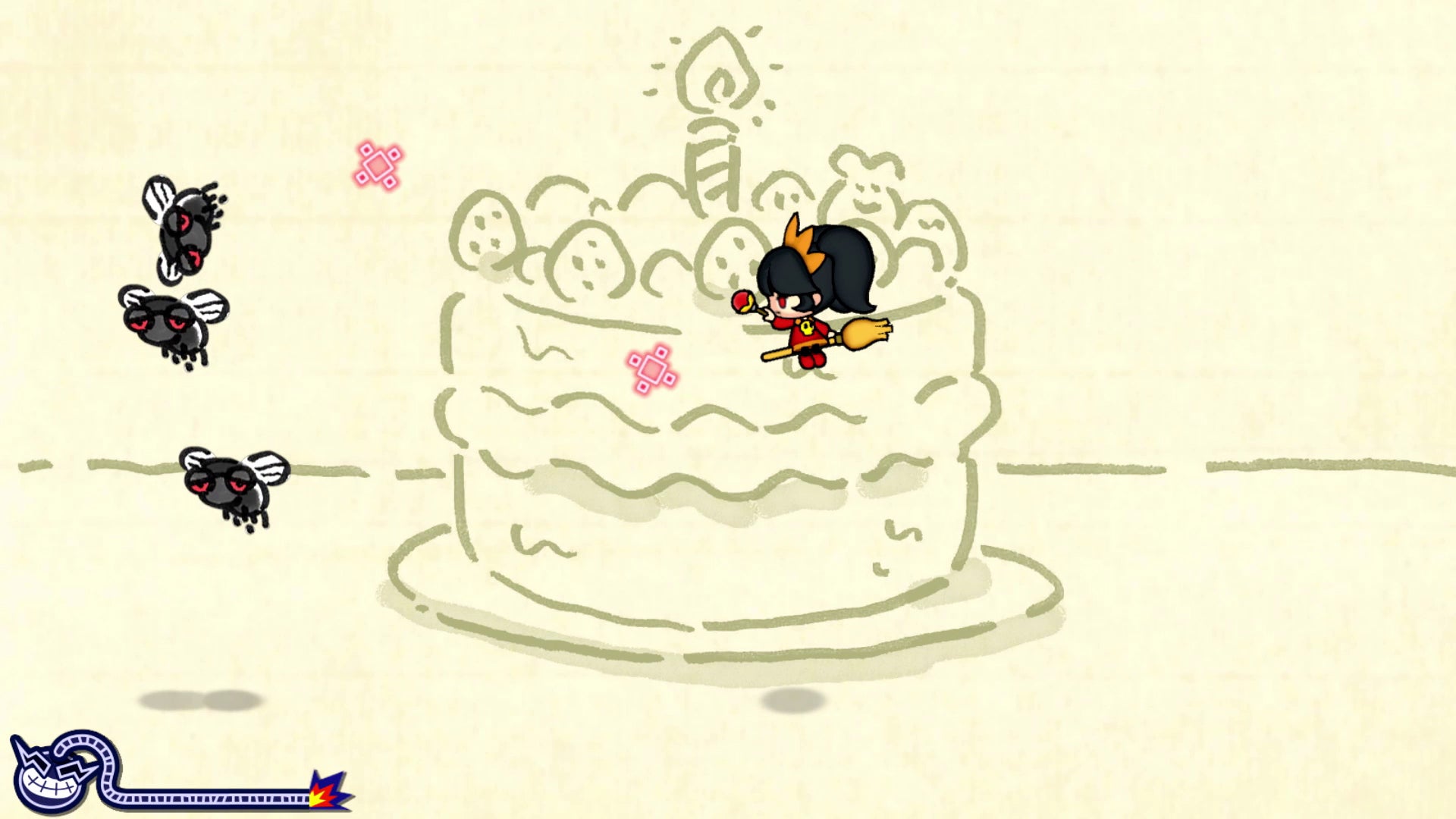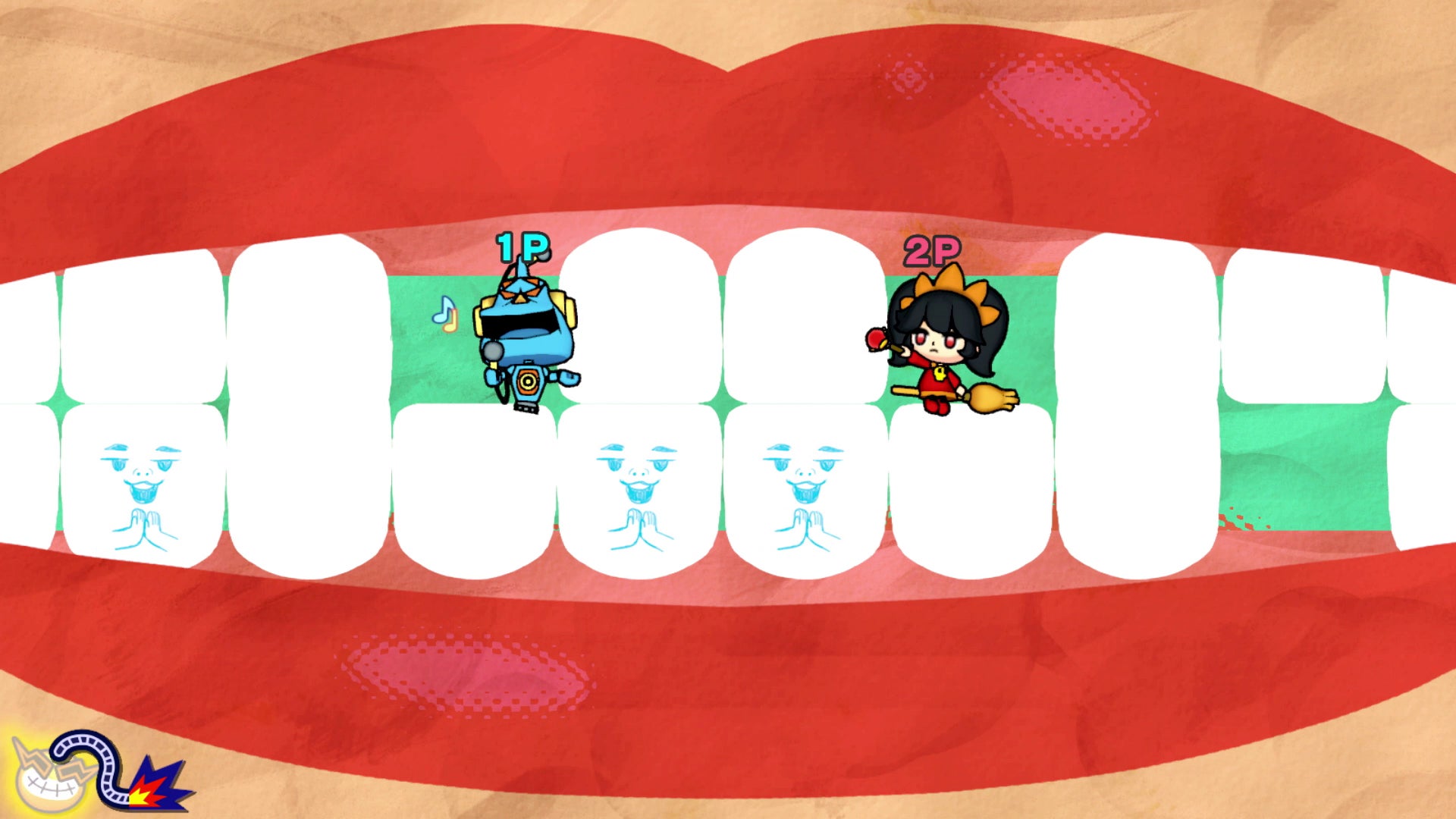Ever since the first game, back on the GBA, this is a series that has pared all of gaming history down to the simplest and most satisfying of interactions. That sounds pretty straightforward! But it’s also thrown these interactions at you with a relentless pace. And so there is a giddy kind of panic that I only experience when I’m playing WarioWare. Playing it is a bit like getting your coat stuck in a train door as it’s pulling away from the platform It’s a game that you have to race to keep up with. This is doubly true of WarioWare: Get It Together! Wario games often have their design agenda set for them by Nintendo’s new hardware. That was definitely the case for outings on the DS and the Wii U. So Get it Together looks at the Switch and thinks of all those early lifestyle ads of people playing Mario Kart by rooftop bars or filling the back row of a bus for a quick blast of competitive Tetris. This is a really social spin on WarioWare - even, intriguingly, if you’re playing by yourself. This makes for a pretty huge change for the series. Traditionally - if you can mention a concept like tradition for a series as anarchic as WarioWare - microgames were split into themed sets and presented by special characters. 9-Volt would handle all your Nintendo-themed games, for example, while cabbies Dribble and Spitz would - actually I forget what they’d do, but they’d drive a cab while doing it. This time, there’s still a bit of that stuff, but more importantly you now use different characters to control the games themselves. They fly around on the screen and everything. And the roster keeps growing. Each character behaves in their own distinct way when you’re controlling them, and yet in a feat of balancing that I’m still trying to comprehend, you can complete all microgames with any character you choose. Wario has a jetpack and can do a shoulder charge. Dribble and Spitz both shoot in different fixed directions. Ashley - since the days of that song in the DS WarioWare, Ashley is the best - bombs around on her broomstick and can fire in any direction. Jimmy can do a sort of dance-dash. This is just the start of a decent roster. All of these characters can be used for a typically bewildering array of microgames: avoiding a falling statue, turning the arms of a swimmer, hitting a target with a bow and arrow, eating apples. But so can some really weird characters, like Orbulon the alien, who now sucks up objects beneath him using a tractor beam. The roster grows and grows, and each section in the story mode tasks you with first choosing a loadout - a crew - of several characters who you will control one by one as you move through the next stack of microgames. It’s that panic again, but smartly doubled: what does the game want me to do, and how does this character work and how do I make this character do what the game wants me to do? Ultimately, none of this would matter if the microgames weren’t good. Reader: they are often glorious. I am particularly fond of the games that use material physics - cover up cat poo with clumps of litter, push a teabag around in water to brew tea - but in truth there are crackers waiting everywhere. The Nintendo-themed games now include entries that draw on Splatoon and recent Donkey Kongs, while all of life and more goes into the shredder with games about food, gardening, fairytales, outer space. The bosses that end each section are decent and as ever the aesthetic changes as swiftly as the games. Line drawings one minute, anime the next, watercolours: it’s a riot of imagination and - often - observation. Listen: because you have to be able to control each microgame with any character, there is an emphasis on nudging, I would say. This is the WarioWare with lots of games about nosing things into position or pushing stuff around and out of the way. But just as the first WarioWare revelled in the astonishing things you can do with a single button, Get It Together! wrings some ingenious results from its own limitations. I’m tempted to say it’s the best crop of games since Twisted. And because there’s your avatar on screen batting stuff about, it can be thrillingly dynamic stuff. The wonderfully silly campaign is just the start of things, as ever. Beyond that you have a Play-o-pedia that allows you to search for and play specific microgames you’ve encountered, racking up huge scores. Then there’s a funny little Crew section where you can buy items for your characters to level them up and unlock art and customisation options. Missions, meanwhile, encourage you to play the game in certain ways to earn points, while the Wario Cup is a series of ranked challenges that change every week. This week’s, for example, is a boss rush in which you control two characters at once. Speaking of that, the main campaign and all microgames support two players, one with each Joy-Con (local wireless is also supported), and Get It Together!’s final treat supports up to four. Variety Packs offer everything from a keep-the-ball-up challenge to a sort of endless platformer, a 2D volleyball game, and a microgamified spin on air hockey or territory capture. Even the simplest challenge becomes tricky when you have a friend “helping”. There’s lovely stuff here, enough to offer that potholing sense of antic richness which is always part of the WarioWare deal. What words to use for a game like this? Capsule toys abound in the menus, as ever, but what this really reminds me of is the days when cereal used to come with a little plastic doodad of some kind in it to tempt you to buy it, and you’d buy it and then thrust your hand down into the packet, past the crispies or flakes or whatever they were, with no idea quite what delight you would find. Brilliant! And in WarioWare’s case, panic inducing. But in a good way.




